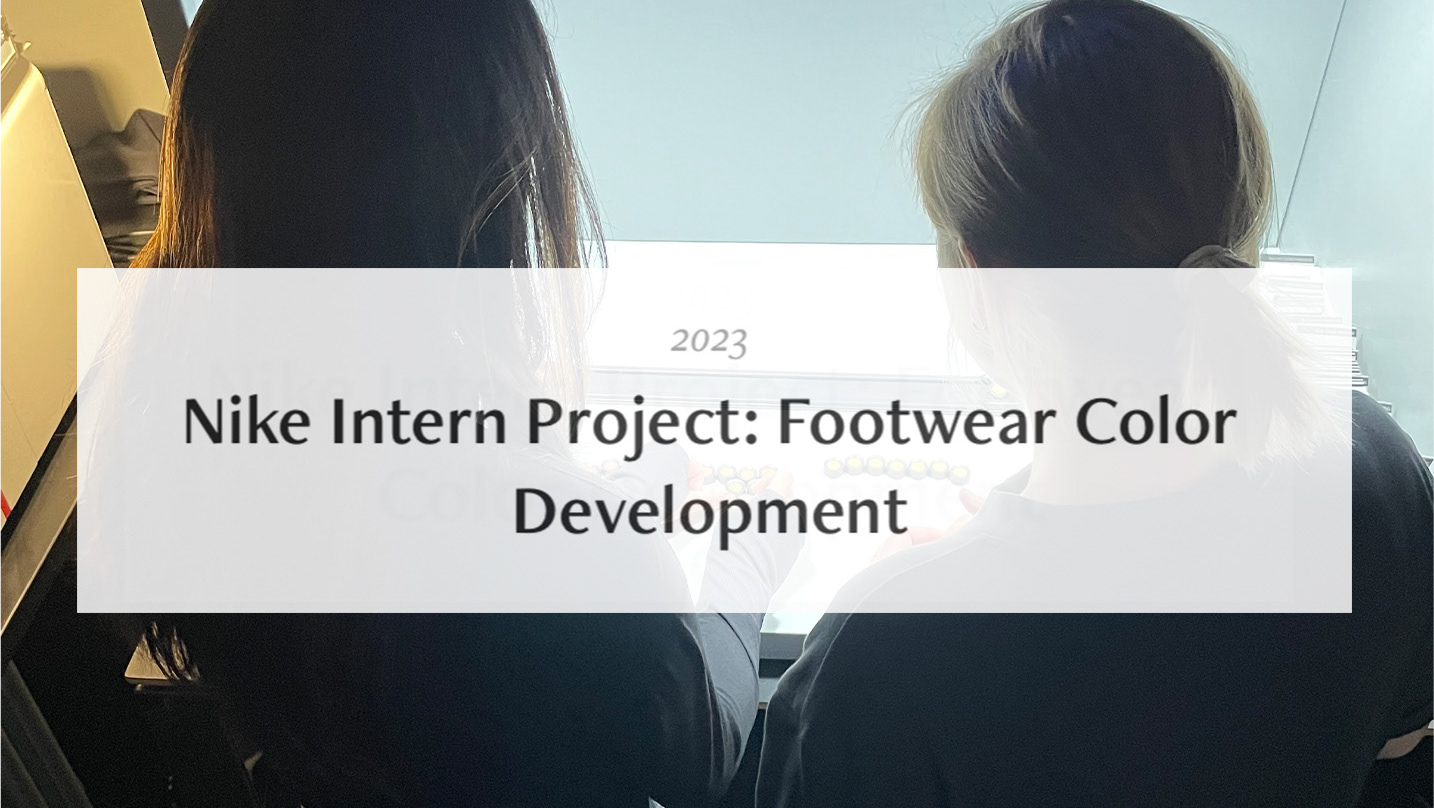References
1. USTA. (2023, January 12). U.S. tennis participation grew for third straight year in 2022. https://www.usta.com/en/home/stay-current/national/u-s--tennis-participation-grew-for-third-straight-year-in-2022.html
2. Wilson, M. (n.d.). The development of the Tennis Shoe. Satra. https://www.satra.com/bulletin/article.php?id=1037
3. Merchant of Tennis. (2023). Why you need tennis shoes – merchant of tennis – Canada’s experts. https://www.merchantoftennis.com/blogs/footwear/why-you-need-tennis-shoes
4. Crim, J. (2023, March 17). 10+ best tennis shoes for 2023: Playtested & reviewed. TennisCompanion. https://tenniscompanion.org/best-tennis-shoes/
5. Kovacs, M.S. (2009). Movement for Tennis: The Importance of Lateral Training. Strength and Conditioning Journal, 31, 77-85.
6. Kang, J., Ryu, S., Gil, H.-J., & Park, S.-K. (2023). Effects of Modified Outsole Patterns in Tennis Shoes on Frictional Force and Biomechanical Variables of Lower Extremity Joints. Applied Sciences, 13(4), 2342. MDPI AG. Retrieved from
http://dx.doi.org/10.3390/app130423427. Martin, C., Touzard, P., Horvais, N., Puchaud, P., Kulpa, R., Bideau, B., & Sorel, A. (2023). Influence of shoe torsional stiffness on foot and ankle biomechanics during tennis forehand strokes. European journal of sport science, 23(6), 914–924.
https://doi.org/10.1080/17461391.2022.21532328. Carré, M., Clarke, J., Damm, L., & Dixon, S. (2014). Friction at the Tennis Shoe-court Interface: How Biomechanically Informed Lab-based Testing can Enhance Understanding. Procedia Engineering. 72, 883-888. https://doi.org/10.1016/j.proeng.2014.06.151.
9. Nike. (n.d.). Nikecourt Air Zoom Pro Women’s Hard Court Tennis Shoes. Nike.com. https://www.nike.com/t/nikecourt-air-zoom-pro-womens-hard-court-tennis-shoes-h9NGq9
10. MatWeb. (2023). Online materials information resource. https://www.matweb.com/search/datasheet
11. Li, B. (2016, August 22). Abrasion resistance test - 600D polyester, 500D Nylon & 1000D Nylon. Orient Bag. https://www.orientbag.net/post/2016/08/03/abrasion-resistance-test-600d-polyester-500d-nylon-1000d-nylon#:~:text=600D%20Polyester%3A%20Moderate%20abrasion%20after,slight%20abrasion%20after%2025%2C600%20cycles
12. Reginald, D. (2023, July 11). Properties of polyethylene terephthalate polyester (PET, PETP). AZoMaterials. https://www.azom.com/article.aspx?ArticleID=2047
13. MatMatch. (2023). Polyurethane: Properties, processing, and applications. Matmatch. https://matmatch.com/learn/material/polyurethane
14. Blackwell Plastics. (2023). Polyurethane (PU). http://www.blackwellplastics.com/PU.html#:~:text=Physical%20Properties%3A&text=Tensile%20Strength%20%2D%207000%20psi,%2D%2024%20ft%2Dlb%2Fin
15. Magliulo, Gennaro & Capozzi, Vittorio & Fabbrocino, Giovanni & Manfredi, Gaetano. (2011). Neoprene-concrete friction relationships for seismic assessment of existing precast buildings. Engineering Structures. 33. 535-538. 10.1016/j.engstruct.2010.11.011.
16. Cottrill, A., Moran, J., Buongiorno, J., & Strano, M. (2018). (197h) noble gas infused neoprene closed cell foams for ultra-low thermal conductivity textiles. AIChE. https://www.aiche.org/conferences/aiche-annual-meeting/2018/proceeding/paper/197h-noble-gas-infused-neoprene-closed-cell-foams-ultra-low-thermal-conductivity-textiles#:~:text=We%20focus%20on%20neoprene%20foam,for%20neoprene%20foams%20to%20date.
17. Rahco Rubber. (2017, July 12). Cr - neoprene rubber. https://rahco-rubber.com/materials/cr-neoprene-rubber/
18. Sigma-Aldrich, & SiliCycle Inc. (n.d.). Functionalized Silica Gels for Organic Synthesis. ChemFiles Functionalized Silica Gels. https://www.sigmaaldrich.com/deepweb/assets/sigmaaldrich/marketing/global/documents/silica_gel_brochurenp.pdf
19. Gelest. (2023, September 7). (3- glycidoxypropyl)trimethoxysilane. Gelest, Inc. https://www.gelest.com/product/SIG5840.0/
20. Schnarrenberger, A. (2018). A comparison of gecko adhesion on soft substrates. https://ideaexchange.uakron.edu/cgi/viewcontent.cgi?article=1666&context=honors_research_projects
21. Women`s Zoom Pro Tennis Shoes Pearl White and bleached coral. Tennis Express. (2023). https://www.tennisexpress.com/nike-womens-zoom-pro-tennis-shoes-pearl-white-and-bleached-coral-95893
22. NikeCourt Zoom Pro. Tennis Warehouse. (2023, October 13). https://www.tennis-warehouse.com/NikeCourt_Zoom_Pro_Off_WhKelly_Green_Womens_Shoe_/descpageWSNIKE-NWCPOWG.html?srsltid=AfmBOoqBHaxGyr9NOSYU4FzzbuOovOcn29g7kkLfpBjgRfrC6HJOnrRt4TM
23. MASS4D® Foot Orthotics. (n.d.). 3 myths about insoles and orthotics. https://mass4d.com/blogs/articles/do-insoles-have-any-side-effects
24. Dick’s Sporting Goods. (2023). Nike men’s pegasus 40 running shoes. Dick’s Sporting Goods. https://www.dickssportinggoods.com/p/nike-mens-pegasus-40-running-shoes-23nikmpgss40blckbrnn/23nikmpgss40blckbrnn
25. Nordstrom. (2023). Air Zoom Pegasus 40 Running Shoe (Women). Nordstrom.com. https://www.nordstrom.com/s/air-zoom-pegasus-40-running-shoe-women/7170885
26. Krzysztof Ligier, Klaudia Olejniczak, Jerzy Napiórkowski. (2021). Wear of polyethylene and polyurethane elastomers used for components working in natural abrasive environments, Polymer Testing. 100. https://doi.org/10.1016/j.polymertesting.2021.107247.
27. Yang, J., Li, W., Zhou, Y., & Liu, H. (2021). Rigid polyurethane composites reinforced with carbon fibers decorated with a skein‐like silver coating. ChemistrySelect, 6(33), 8727–8735. https://doi.org/10.1002/slct.202101754
28. Röding, T., Langer, J., Barbosa, T. M., Bouhrara, M., Gries, T., Appl. Res. 2022; 1:e202100013.
https://doi.org/10.1002/appl.20210001329. Cope Plastics, Inc. (2021, March 17). Proteus® HDPE: Industrial Plastics Materials. Cope Plastics. https://www.copeplastics.com/materials/proteus-hdpe/







